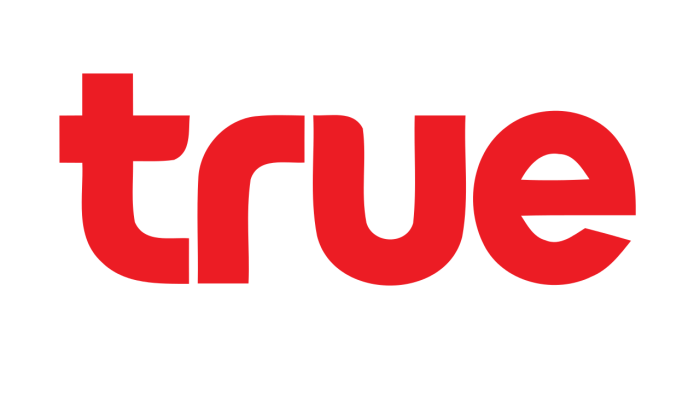Micromanagement stifles creativity and growth true or false? This question sparks a debate on the profound impact of micromanagement on individual and organizational well-being. This article delves into the detrimental effects of micromanagement, exploring how it hinders creative thinking, stifles personal and professional growth, and undermines employee motivation.
By examining real-world examples and contrasting micromanagement with empowering leadership styles, we will uncover the truth behind this critical inquiry.
Micromanagement, a pervasive leadership style characterized by excessive control and constant monitoring, has become a growing concern in modern workplaces. It manifests in various forms, from hovering over employees to micromanaging tasks and projects, leaving little room for autonomy or initiative.
This restrictive approach not only stifles creativity and growth but also creates a culture of fear and dependency.
Impact of Micromanagement on Creativity

Micromanagement severely stifles creativity and innovation by restricting employees’ autonomy and discouraging risk-taking.
Constant supervision and excessive control limit creative thinking and expression. Employees become hesitant to experiment, explore new ideas, or challenge the status quo for fear of criticism or negative consequences.
In contrast, autonomy and trust foster creativity. When employees feel empowered to make decisions and take ownership of their work, they are more likely to generate innovative solutions and embrace challenges.
Hindrance to Growth and Development: Micromanagement Stifles Creativity And Growth True Or False

Micromanagement hinders personal and professional growth by creating a culture of dependency and limiting opportunities for skill development.
Constant monitoring and criticism erode confidence and motivation, preventing employees from taking on new responsibilities or developing their abilities. Additionally, micromanagers often micromanage for their own insecurities and fear of losing control.
A supportive leadership style that encourages feedback, mentorship, and autonomy fosters growth and development.
Examples of Micromanagement
| Behavior | Consequences | Alternative Approach |
|---|---|---|
| Constant email and text messages | Increased stress, reduced productivity, and burnout | Establish clear communication channels and set expectations for response times. |
| Unnecessary oversight of tasks | Loss of employee trust and motivation | Delegate responsibilities and empower employees to make decisions. |
| Excessive scrutiny of work products | Inhibition of creativity and innovation | Provide constructive feedback and guidance, rather than nitpicking. |
- Frequent interruptions and distractions
- Setting unrealistic deadlines
- Taking credit for employees’ work
- Creating a hostile and stressful work environment
Alternative Leadership Styles

| Characteristic | Micromanagement | Empowering Leadership |
|---|---|---|
| Approach | Control-oriented, authoritarian | Trust-based, collaborative |
| Communication | Top-down, one-way | Two-way, open, and transparent |
| Employee Engagement | Low, passive, and dependent | High, active, and self-motivated |
- Delegate tasks and responsibilities.
- Provide clear goals and expectations.
- Offer constructive feedback and support.
- Encourage employee autonomy and decision-making.
- Create a positive and supportive work environment.
Essential Questionnaire
What are the key characteristics of micromanagement?
Micromanagement is characterized by excessive control, constant monitoring, lack of autonomy, and a focus on trivial details.
How does micromanagement hinder creativity?
Micromanagement stifles creativity by limiting risk-taking, suppressing independent thinking, and creating a fear-based work environment.
What are the long-term effects of micromanagement on employee growth?
Micromanagement can erode confidence, undermine motivation, and limit opportunities for skill development, hindering long-term employee growth.